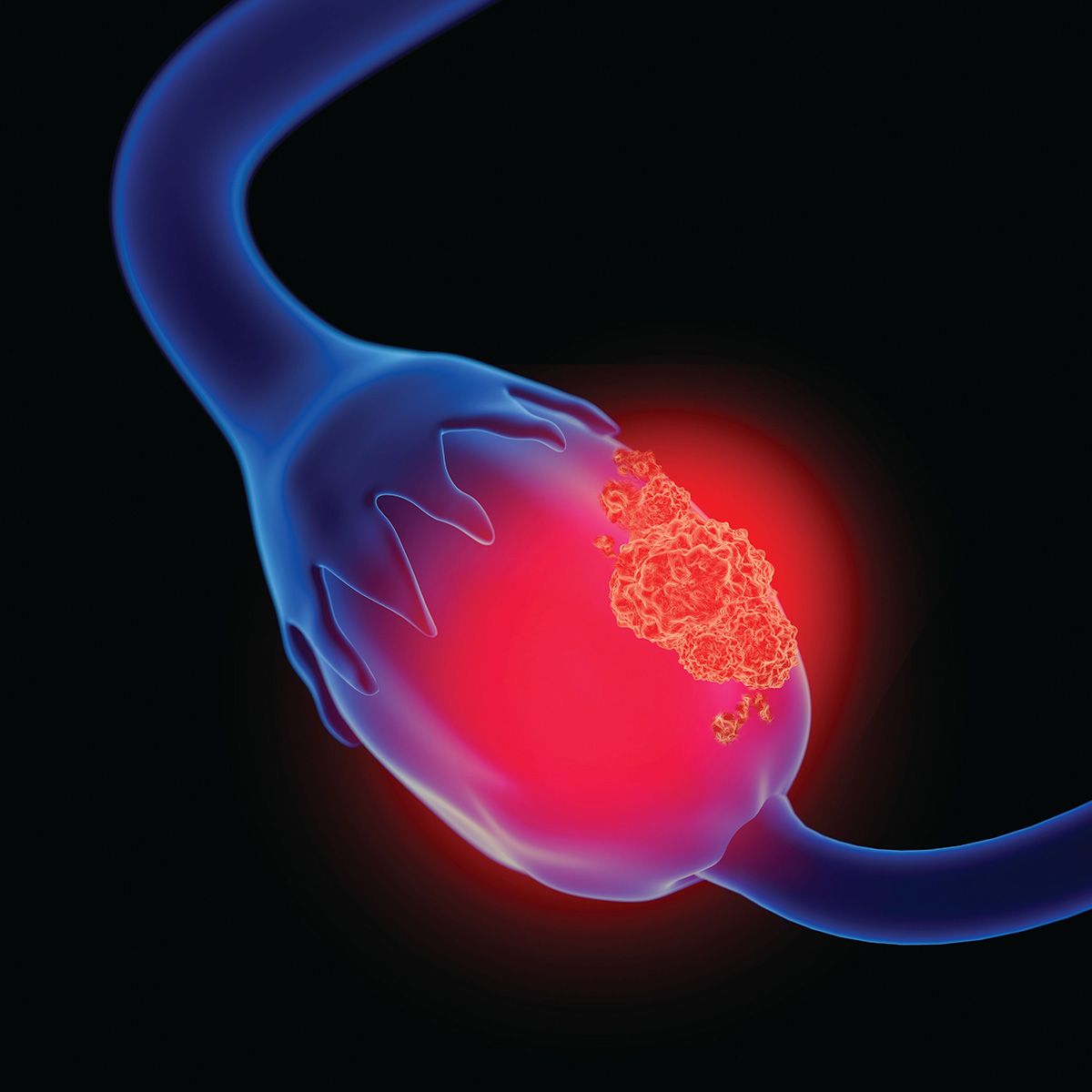Article
Survey Highlights How 'Much More There Is to a Cancer Diagnosis'
Author(s):
A recent survey demonstrated the common tradeoffs most patients report regarding treatment decisions, highlighting the importance of shared decision making.
While every cancer journey differs by person, type or stage, a recent survey highlighted the common tradeoffs most patients report regarding treatment decisions, with cost being the surprisingly lowest factor.
Health Union surveyed 1,517 patients and 108 caregivers, asking 45 questions about diagnosis and current status; treatment and maintenance therapy; factors that influence treatment decisions; and the impact of cancer on quality of life and relationships.
“When it comes to cancer, we talk a lot about treatment and side effects, for obvious reasons. They tend to be top-of-mind during doctor’s appointments and should absolutely be discussed,” Sara Hayes, executive director of community development at Health Union, said in an interview with CURE.
“The reality, though, is that cancer’s impact goes beyond treatment and physical effects. For many people, the worry, anxiety, social issues and effects on relationships can often have a bigger negative impact than symptoms or treatment side effects,” she added. “Unfortunately, since there is so much to cover during doctor’s appointments, the emotional, social and other personal aspects of living with cancer often get lost, ignored or overlooked.”
According to survey results, 44 percent of patients reported their cancer has negatively impacted their household finances, savings and living expenses; however, only 7 percent said they considered treatment cost as a determining factor.
“One might expect more people to prioritize cost, especially given the balance of family, personal life, expensive treatments and impact on work abilities. But looking deeper into different conversations in our cancer communities, we see how priorities change after a diagnosis,” Hayes said.
“This can happen for a few reasons. For some, it’s impossible to put a price tag on a chance at an extended life,” she added. “For others, cost isn’t being included in the treatment decision-making discussions.”
Meanwhile, the leading factor in treatment decisions was an individual’s health care provider, and 81 percent felt they equally decided on their treatment plan with their doctors.
“True shared decision-making involves a collaborative discussion about the risks and benefits of a treatment option weighed against a patient’s personal goals, preferences and values,” Hayes said. “It might seem so simple, but sometimes the first step is to ask questions and start a conversation about goals and values.”
Compared to those who felt less involved in treatment decisions, the survey also found that those who were equally involved typically felt they had all the information that they needed, including impact on daily life and potential side effects, and experienced less regret about their decisions.
Other decision factors included treatment effectiveness (41 percent), potential side effects (23 percent), information from online communities (14 percent) and convenience (9 percent).
“The biggest takeaway from these results is how much more there is to a cancer diagnosis than just the physical impact,” Hayes said. “These topics can be heavier and are often less black-and-white in terms of solutions. As a result, they aren’t always easy to talk about, but sometimes the difficult conversations are needed to make sure patients’ quality of life priorities are treated as an integral part of their journey.”















